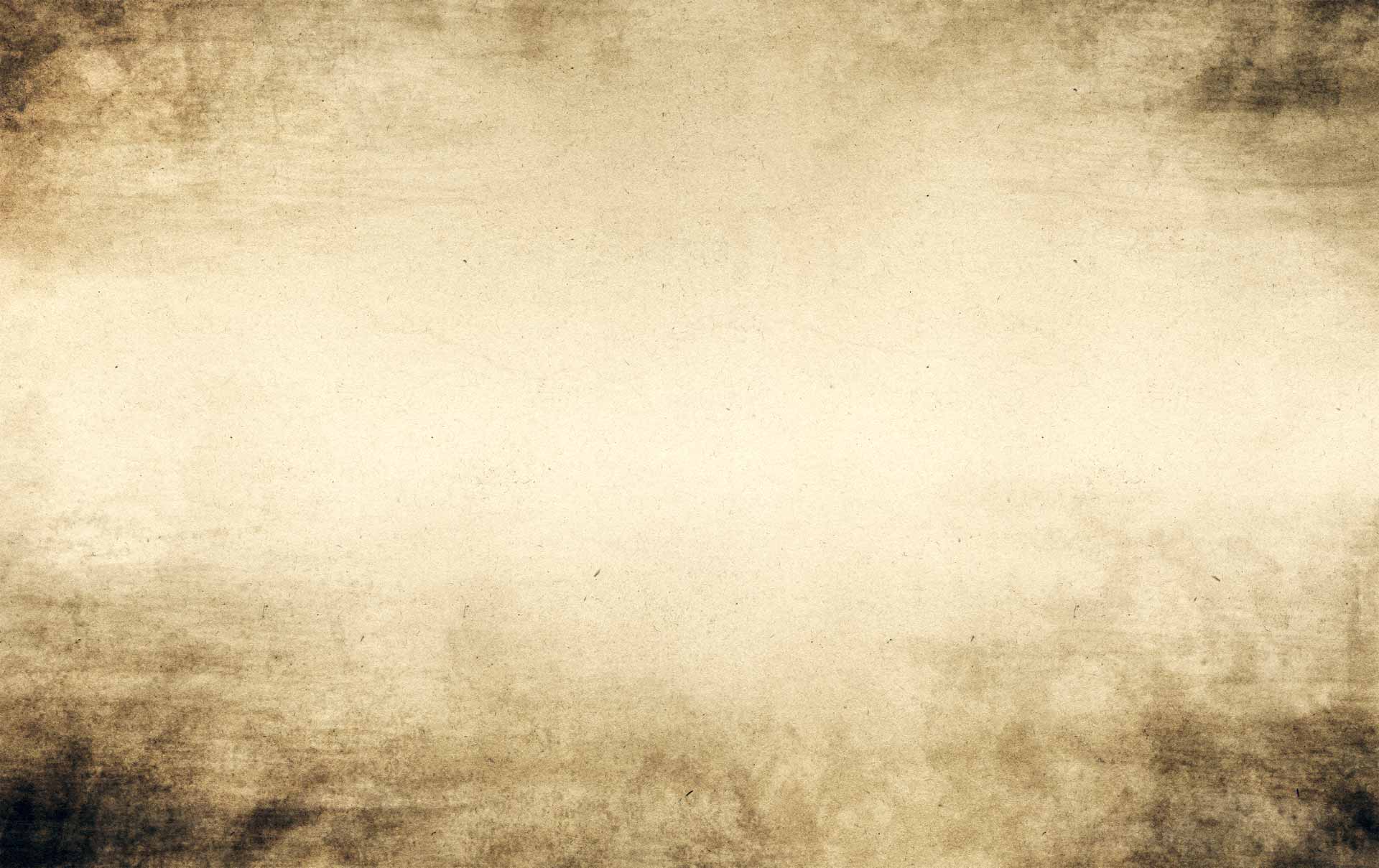Photographs :: Landscapes
|
Ever since it was discovered by Europeans, the American West (even before it “belonged” to the United States) has been the place where expeditionary cultures have projected their aspirations and anxieties, largely though the visual and literary arts, and thus has become a reflection of our collective imagination, fraught with contradiction and possibility. Photographer David Michael Kennedy is part of a long tradition of Western artists who subscribe to the naturalist tradition of Romanticism that has long permeated both European and American sensibilities. The Romantic tradition emphasizes individual expressions of emotion and imagination, with antecedents in the arts long before William Wordsworth, Henry Wadsworth Longfellow, and Henry David Thoreau gave poetic voice to transcendent eternities. Part of a continuing line of artists who have influenced westward migration and public opinion, Kennedy’s exquisite palladium landscape images underscore the timeless quality of the western experience. Traveling west from New York City, Kennedy, like so many who chose to come to New Mexico, looks to the land as a spiritual place – a land in which to heal; to test one’s mettle, and to find, if not an inner peace, the consoling realization that one has enough to survive and that the land will remain a source of inspiration and sustenance long after we have passed. Kennedy’s landscape images offer an alternative to the cacophony of New York City, a visual refuge from the layers upon layers of built environment endemic to urban living. His photographs reveal a spiritual dimension to Western space without stripping that space of either its history and geography. Like many painters and photographers who came before him: George Catlin, Albert Bierstadt, Thomas Moran, Kenneth Riley, Carleton Watkins, Eadweard Muybridge, William Henry Jackson, Timothy O’Sullivan, Edward Curtis, Maynard Dixon, Laura Gilpin, and Ansel Adams, Kennedy creates a portfolio of sacred spaces that illuminate the sublime connection between art, nature, and the creative forces of the universe. Kennedy has been most often compared to photographers Edward Sheriff Curtis and William Henry Jackson. Both Curtis and Jackson are among the most well known artists who fueled the romantic myth of the American West of the imagination by championing the land in its unspoiled state. Kennedy subscribes firmly to their tradition. His landscapes are effectively devoid of human life. Even in those images where there are remnants of human intervention on the land: a road, a solitary church, a seemingly abandoned graveyard, silhouetted teepees, only ghosts haunt the images, no people from any tribe remain. The images are archival, each is unique and shows the hand of the artists as he lovingly hand prints them in palladium or platinum/palladium, nineteenth century photographic processes that reinforce the lonely beauty of the landscapes by obscuring air pollution and the detritus of human existence littering the landscape. Using palladium aligns the photographer firmly with a nineteenth century sensibility. Kennedy’s landscapes document his presence at sites long held sacred to all peoples, the photographs record a moment of sublime enjoyment at the majesty of Shiprock or Monument Valley. Taken as a whole, they are a celebration of our shared interest in the natural wonders of the West. Mary Anne Redding |

